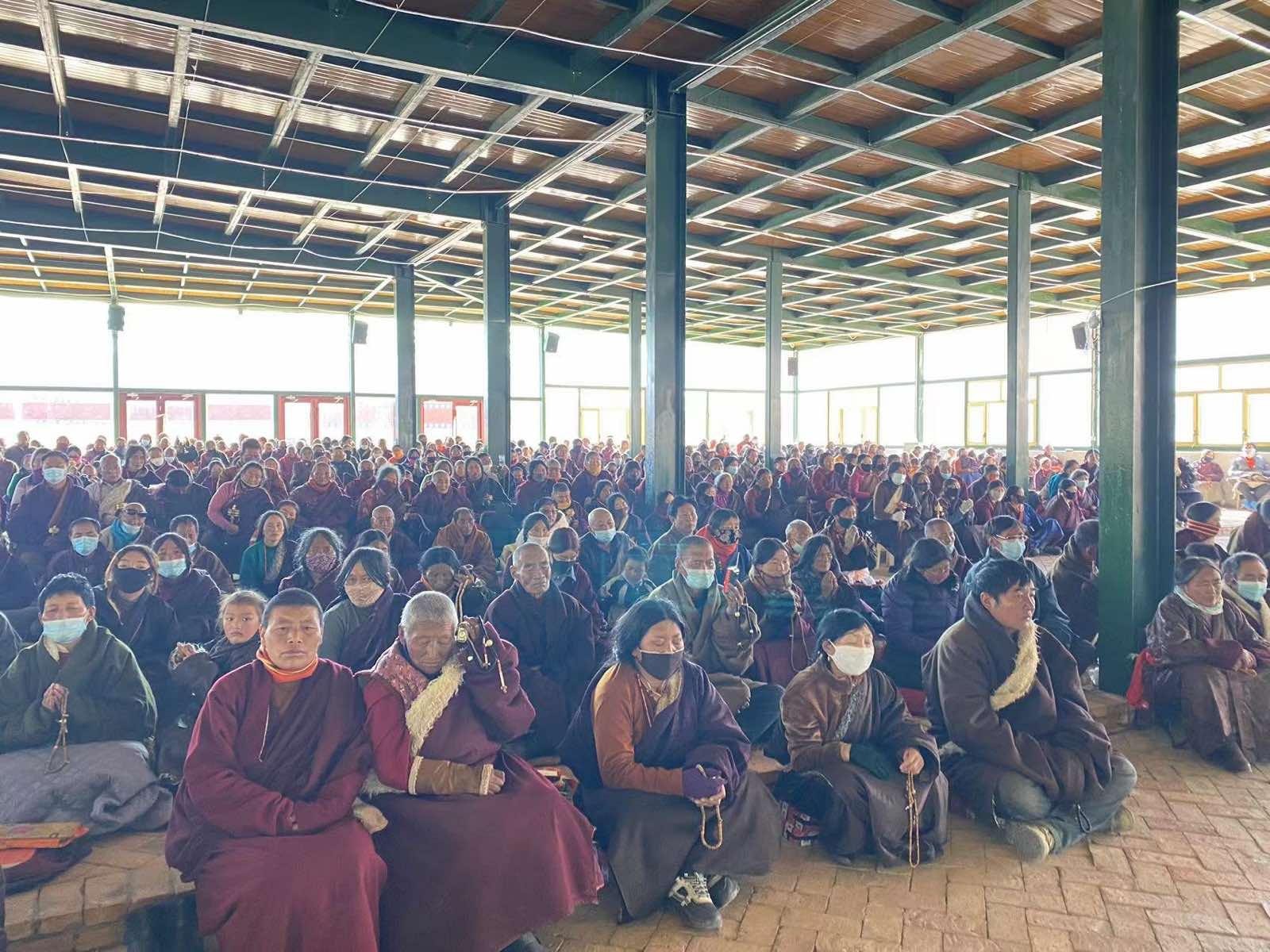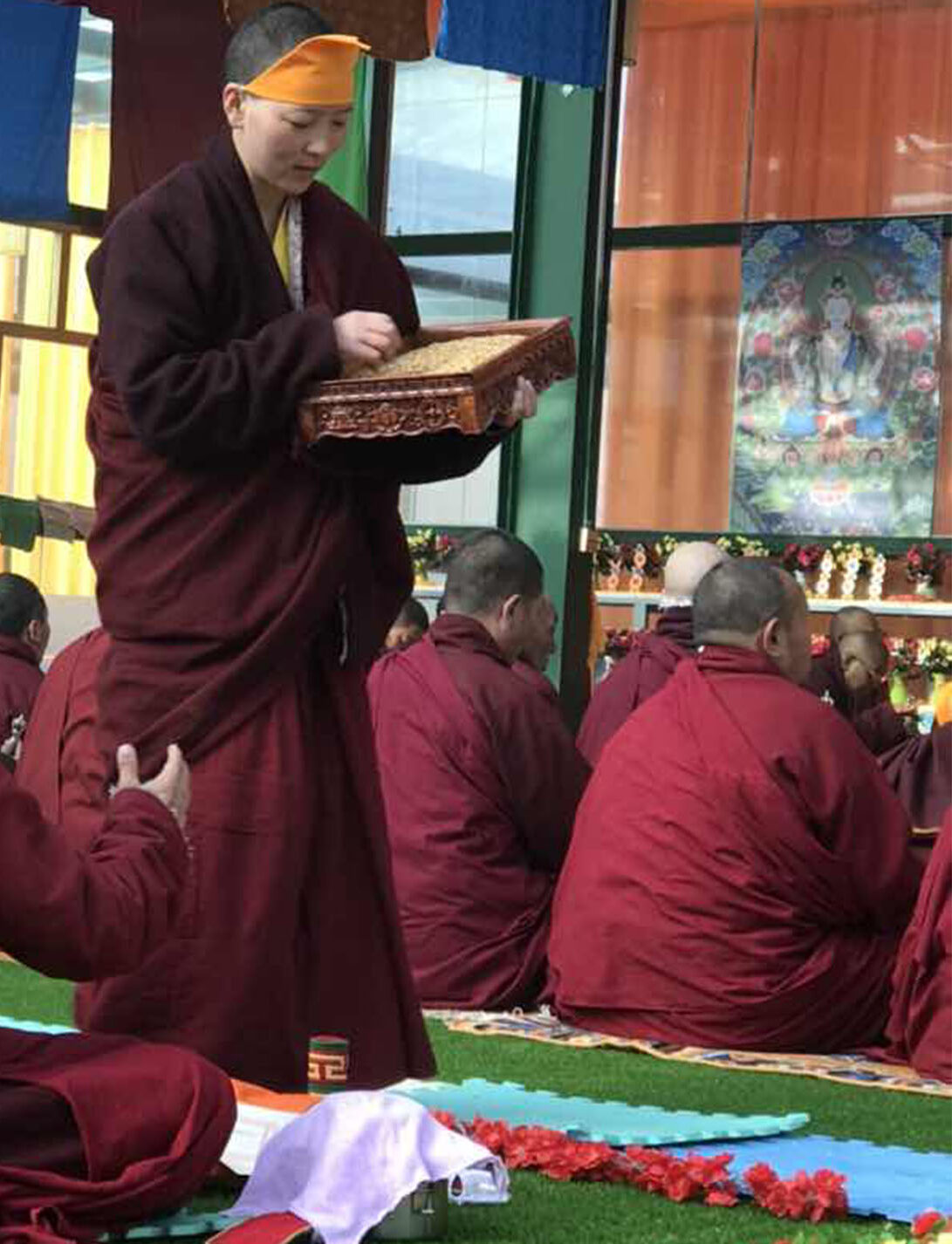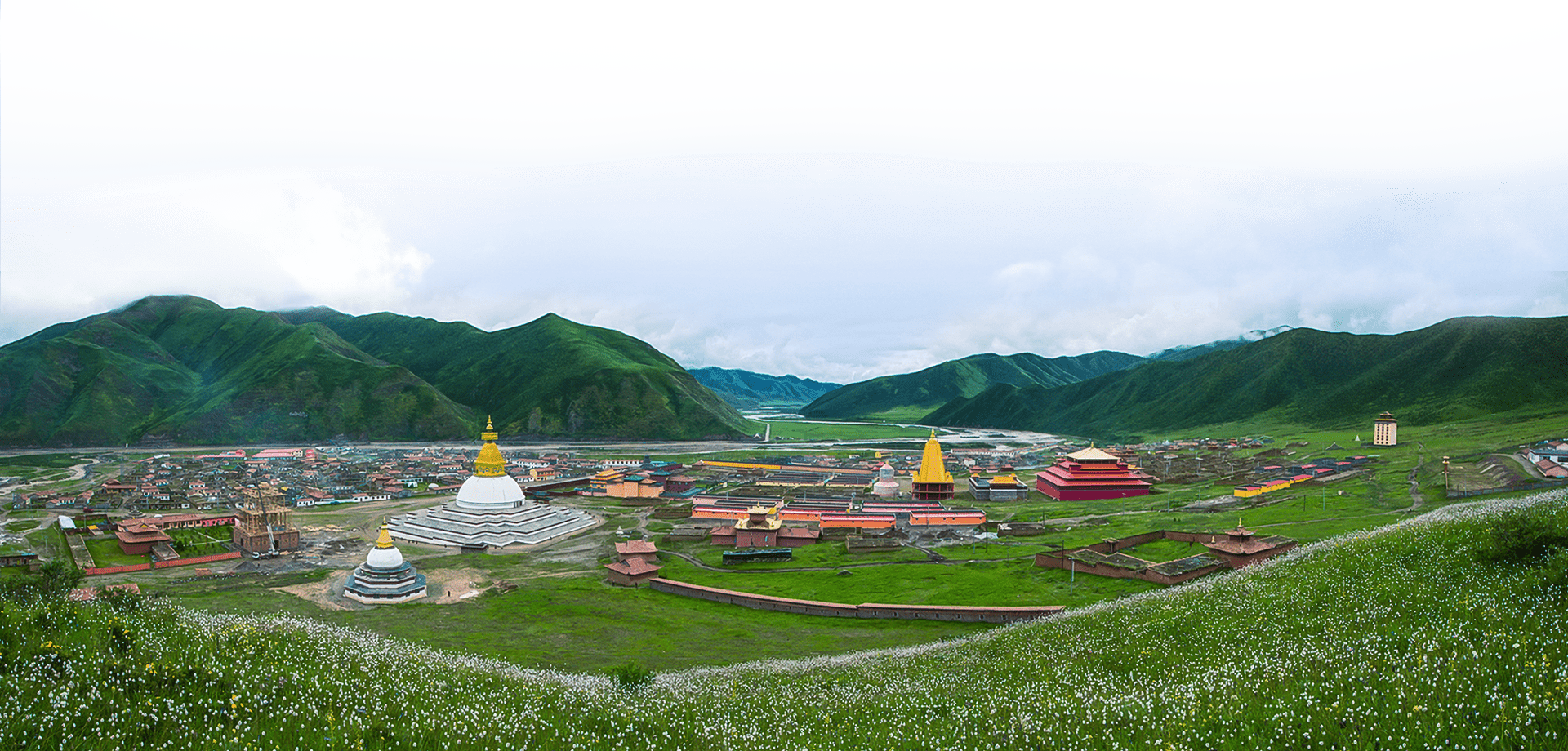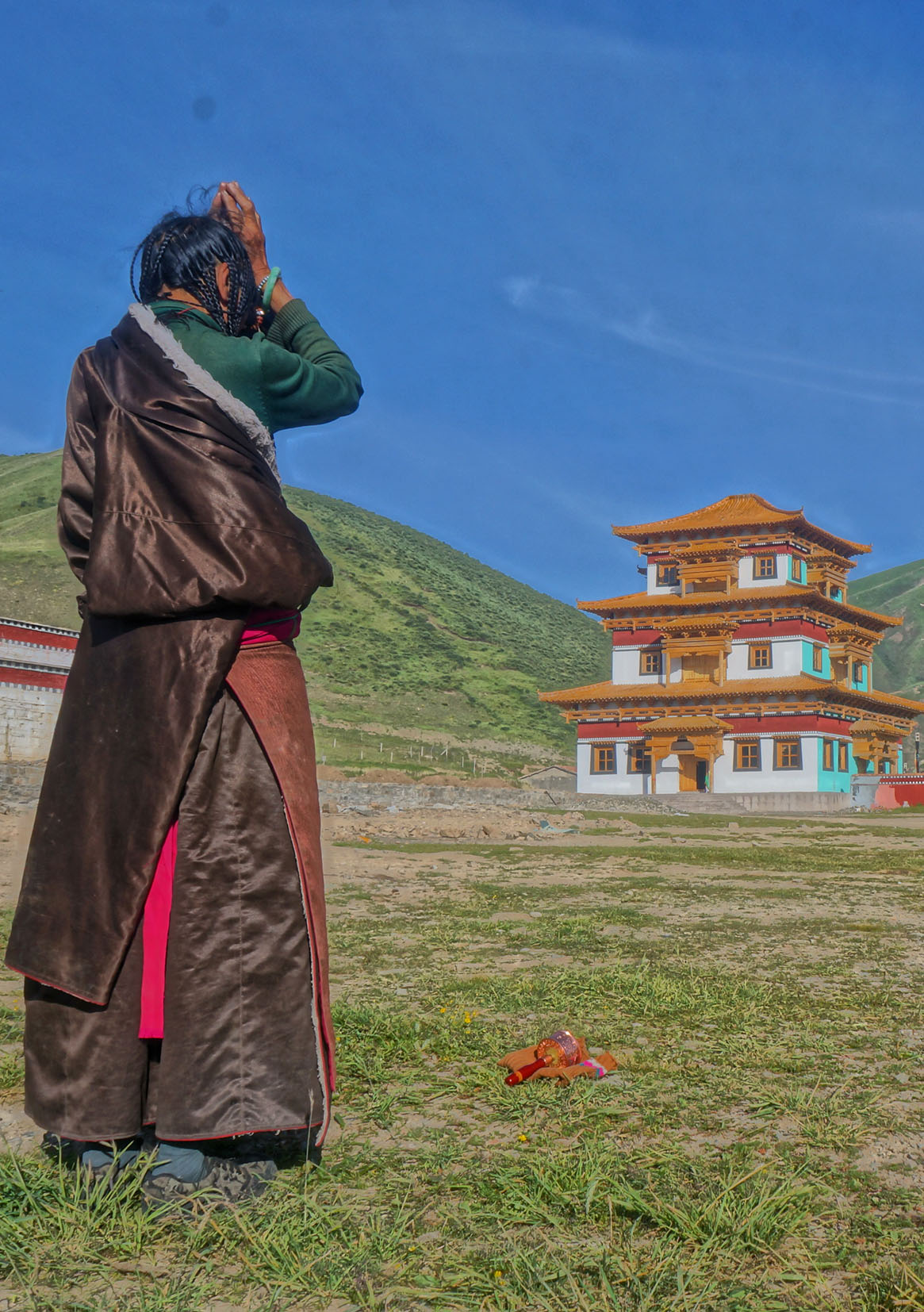
Milarepa often says there are many teachings in many texts, but what takes for meditation, for practice is to really think on the value of human life, and impermanence
The Dharma teachings has many many meanings, and many subjects. But, when it comes to real practice, then people lack ability to bring the mind to the main object, main things to meditate on, to think about. We can see the way of practicing that the great masters went through like Milarepa, and other masters.
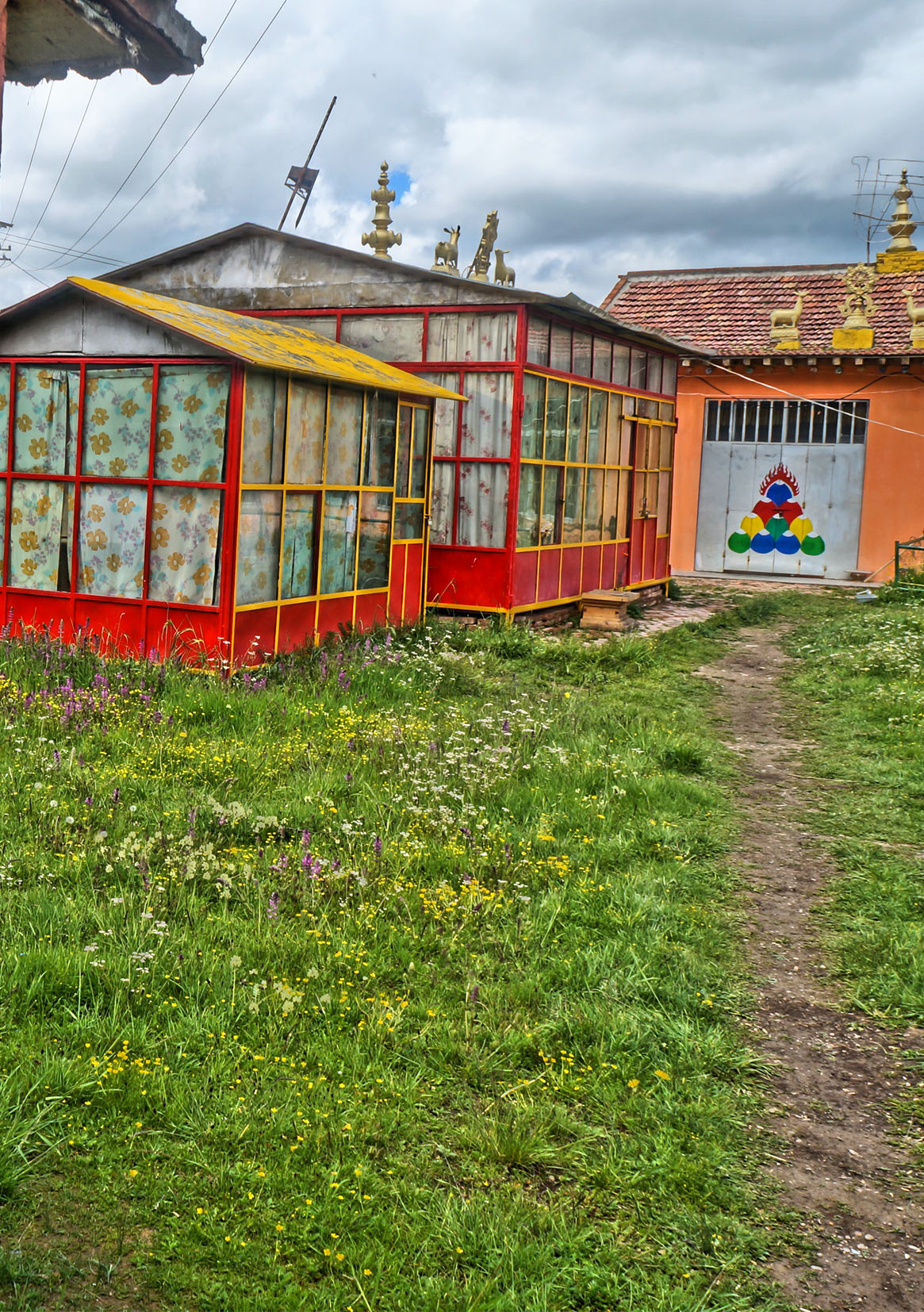
A lot of people tried to practice dharma and in the end it’s too much for them and they gave up and they completely forget about Dharma
“Bless me so that delusion on the path will cease!”. When practicing Dharma a lot of Dharma practitioners meet some obstacles and they give up their practice because they just cannot handle the obstacles. For example, nowadays the society is complicated and the whole society probably may be criticizing a dharma person. The whole society can make a pressure on the individual Dharma practitioners.

The mind is pretty complicated and the mind desires for this and that, too many things, not really seeking for Dharma of liberation
“Bless me so that my mind will turn to the Dharma!” It's very difficult for our mind to turn to the Dharma. Even though we think we are Dharma practitioners and have some belief in Dharma but our mind is in a different place mostly, not following the Dharma. Maybe it's in the emotional world, not in the Dharma world. The Dharma world is very peaceful and very pure. Our mind is not very pure.
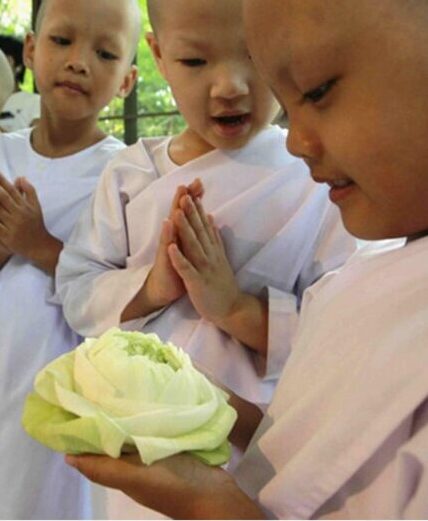
In order to have great motivation, we must see the sufferings, to see troubles of samsara
To develop Bodhicitta, to develop renunciation, it is very important for a Dharma practitioner to see things in the society, to see problems, to see sufferings, to see troubles that are in society. Without seeing this, without knowing this, one does not have interest to develop this motivation.
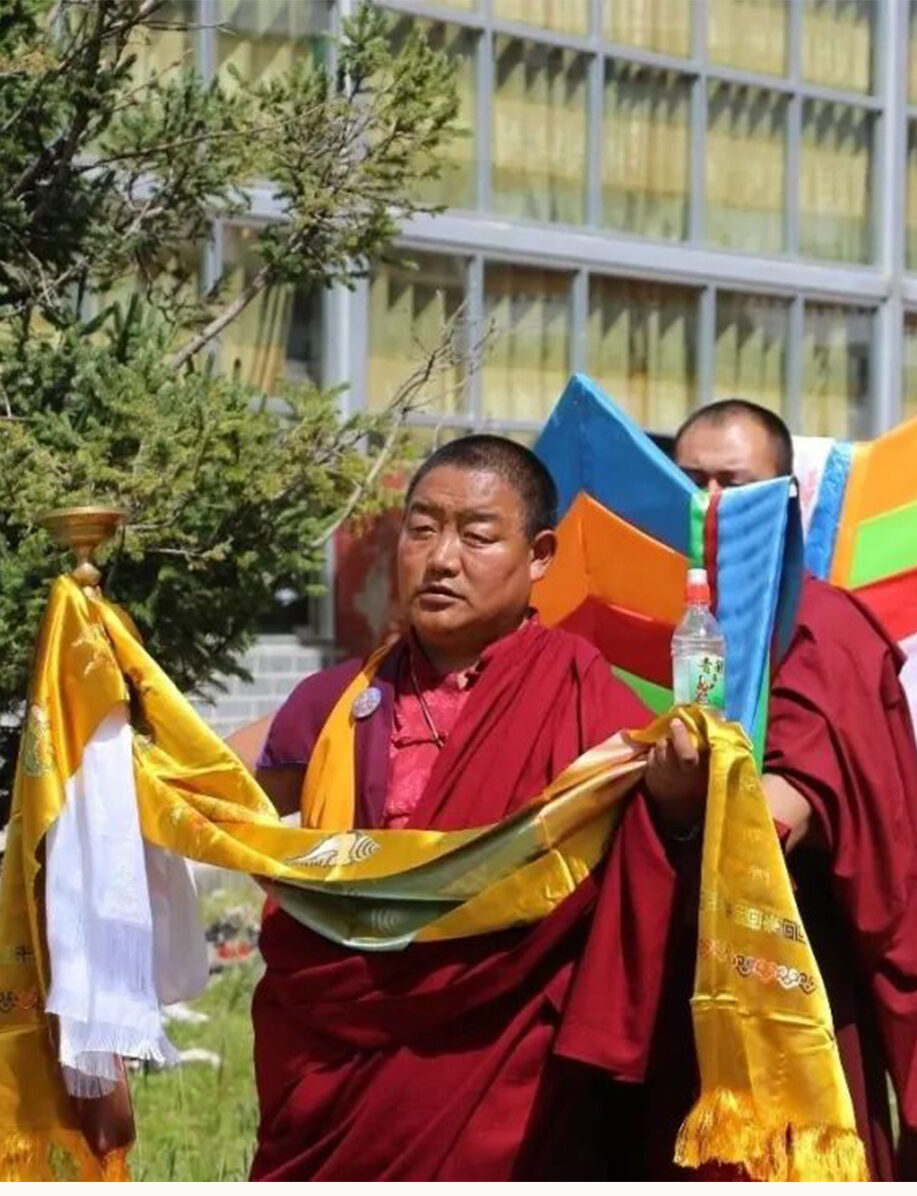
All phenomena appear due to many factors, due to interdependent origination
When Buddha turned all of the Dharma wheels, especially Dharma wheel on the Mahayana and one the Prajnaparamita, Buddha teaches all phenomena exist due to many factors, due to interdependent origination. There is nothing exists truly or has its nature, but according to a lot of conditions; and things, phenomena do not have essence, do not have any nature.
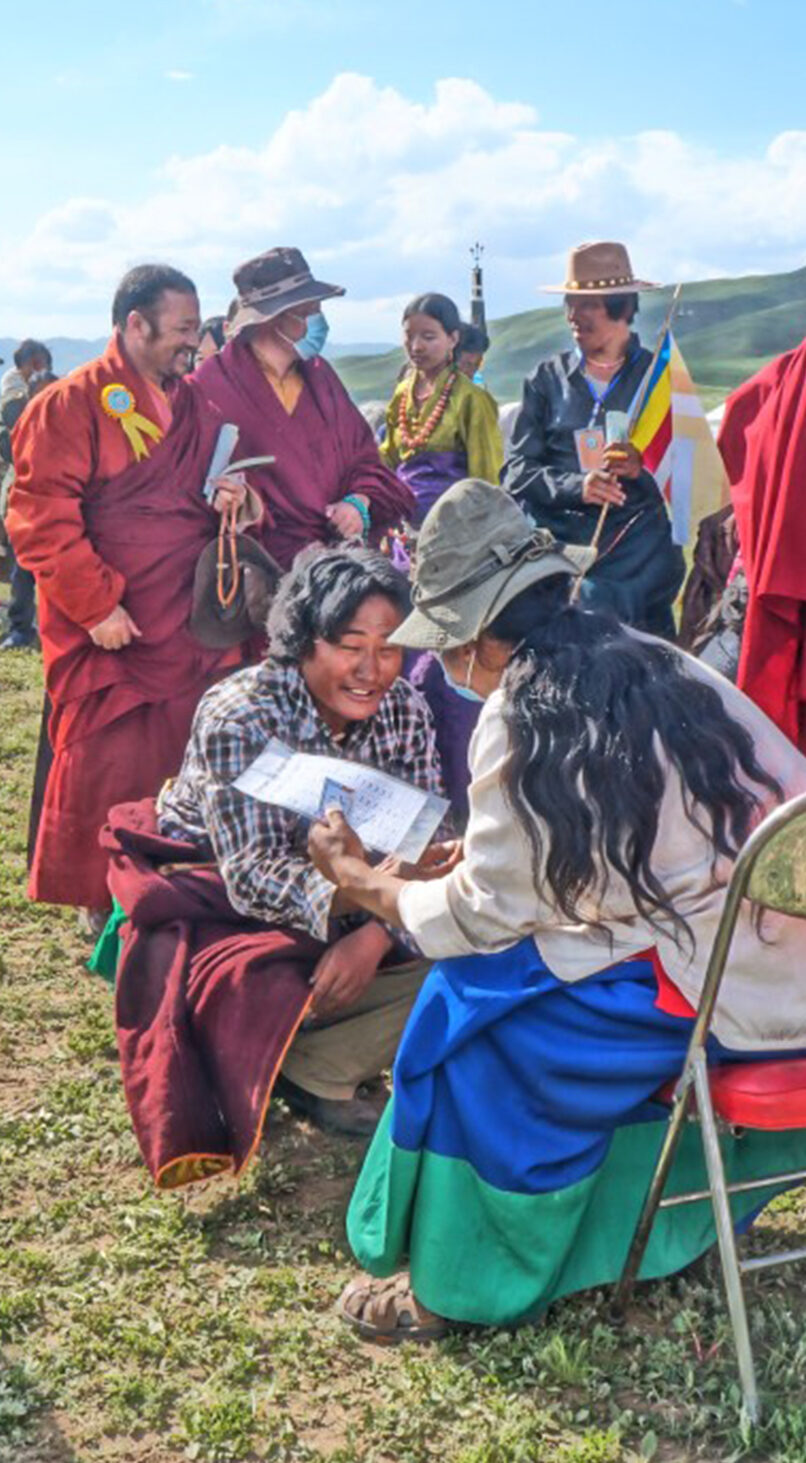
In this life, happiness or unhappiness is results of karma and karma is a truth
At this time, we have obtained a human body that has a human existence in this world. When we have the pleasant and unpleasant experiences of human beings we express different states of happiness and unhappiness. We are like children who wander through happiness and unhappiness, laughing and smiling one moment and crying the next.
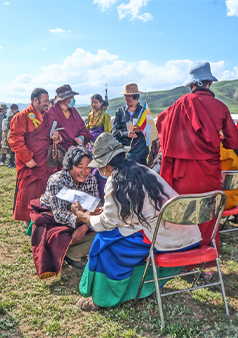
In this life, happiness or unhappiness is results of karma and karma is a truth
At this time, we have obtained a human body that has a human existence in this world. When we have the pleasant and unpleasant experiences of human beings we express different states of happiness and unhappiness. We are like children who wander through happiness and unhappiness, laughing and smiling one moment and crying the next.
What is the cause of our happiness and unhappiness that change like the clouds in the sky?

